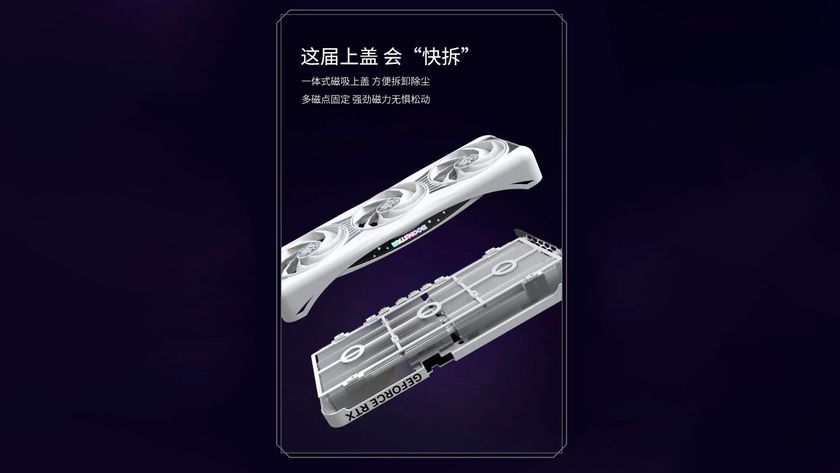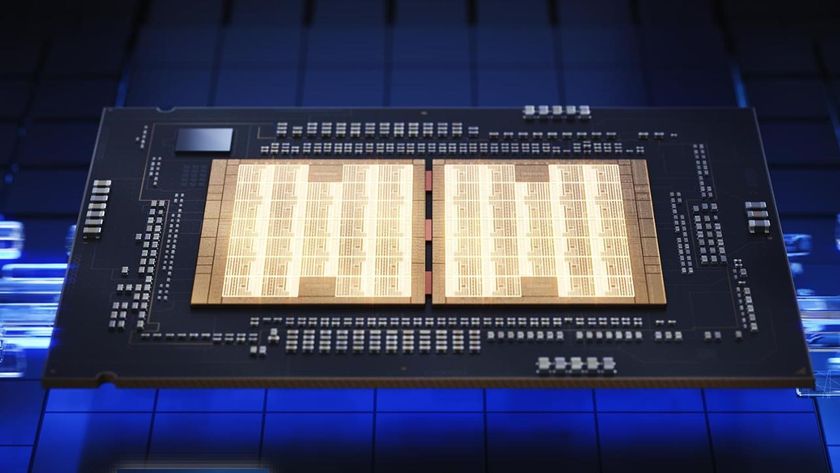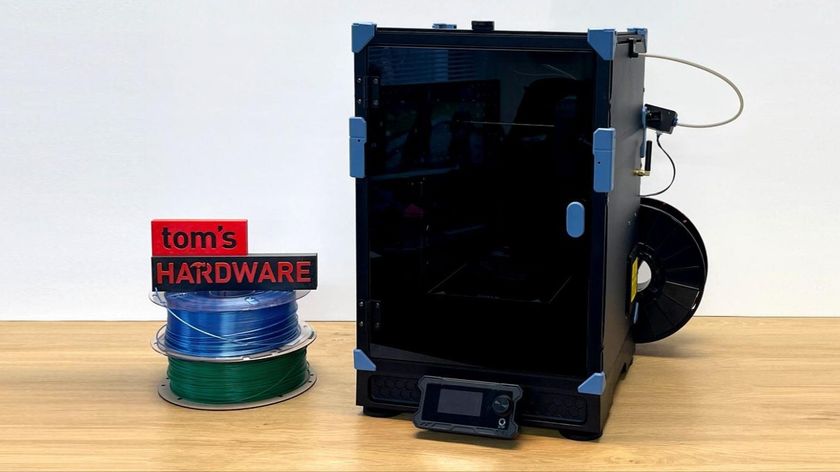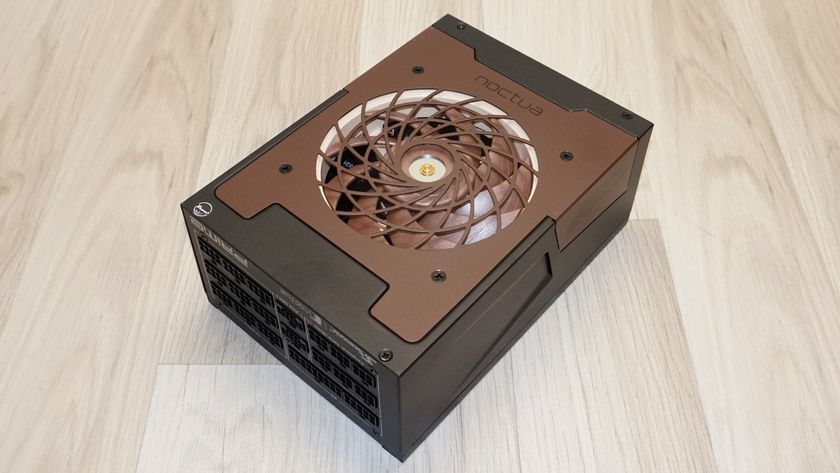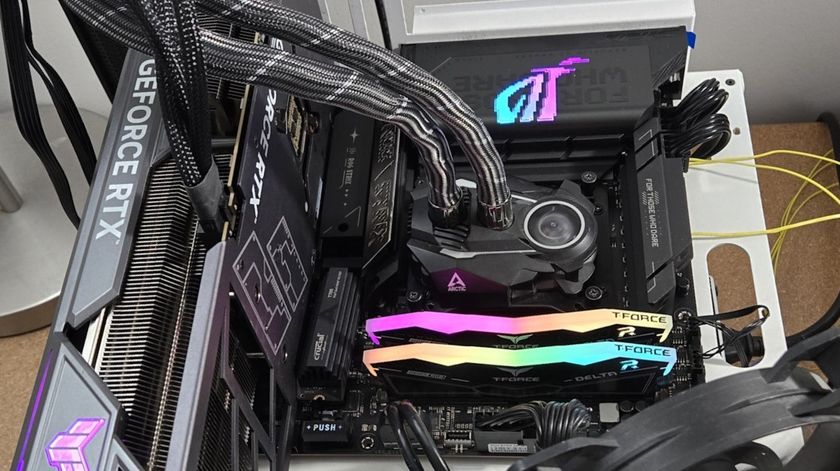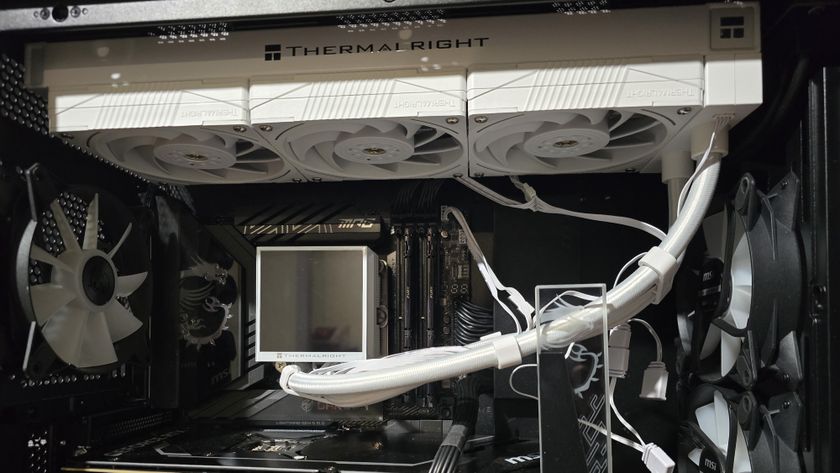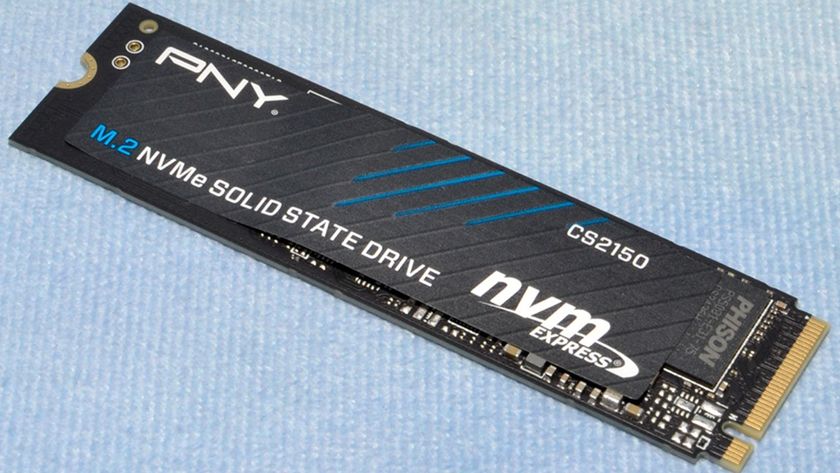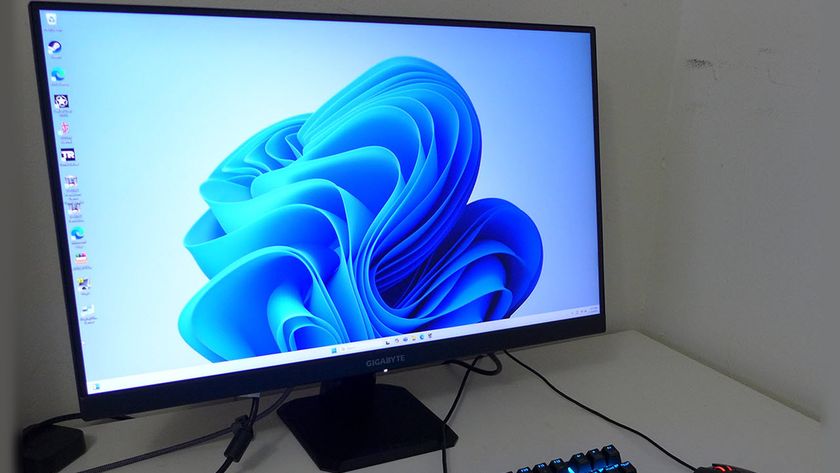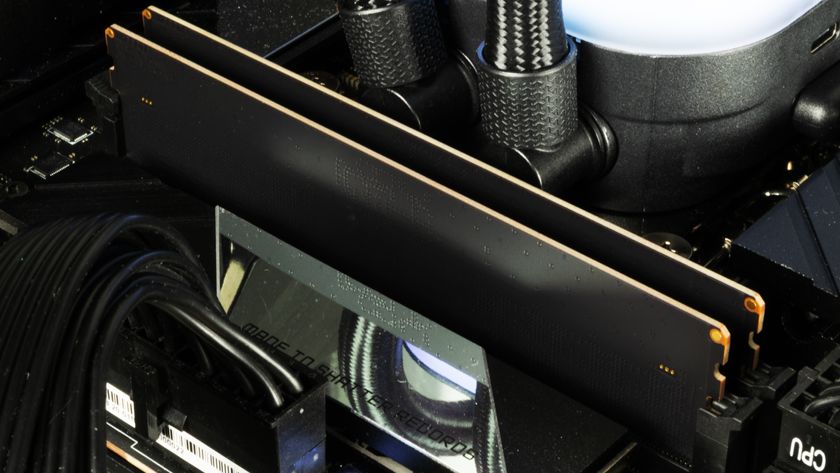Cooler Master MasterWatt Maker 1200 PSU Review
Cooler Master finally released its MasterWatt Maker PSU, which was designed for true enthusiasts. Sporting Titanium-class efficiency, a digital interface, and other exotic features, we didn't expect an affordable price. But $450 looks insane!
Why you can trust Tom's Hardware
Protection Features, Evaluated
Check out our PSUs 101 article to learn more about PSU protection features.
Our protection features evaluation methodology is described in detail here.
| Protection Features | |
|---|---|
| OCP | 12V: > 75.2A 5V: 33.75A (135%) 3.3V: 35A (140%) 5VSB: 4.7A (134%) |
| OPP | 1330W (110.8%) |
| OTP | >50 °C ambient |
| SCP | 12V: Yes 5V: Yes 3.3V: Yes 5VSB: Yes -12V: Yes |
| PWR_OK | Does not function correctly |
| NLO | Yes |
| SIP | Surge: MOV Inrush: 2x NTC & 2x Bypass Relay |
The OCP triggering point on the +12V rail looks quite high. This is natural since the MasterWatt Maker 1200 only has two +12V rails that can be combined into one via software. OCP on the other rails looks normal given our experiences.
Strangely enough, OPP's triggering point is quite low. In our cross-load tests, we managed to squeeze 1.33 kW out of this unit, while during our normal tests we only got 1.28kW. The triggering point of over-temperature protection is above 50 °C, and there is SCP on all rails.
Unfortunately, the power-good signal drops after the rails go out of spec. At least this happens close to the actual hold-up time. The MasterWatt Maker 1200 has no problem operating with zero load on its rails, and it does offer surge and inrush current protection. It'd be nice, though, if the inrush current protection circuit operated more efficiently, allowing for lower start-up currents.
Current page: Protection Features, Evaluated
Prev Page Efficiency, Temperature, And Noise Next Page Cross-Load Tests And Infrared ImagesStay On the Cutting Edge: Get the Tom's Hardware Newsletter
Get Tom's Hardware's best news and in-depth reviews, straight to your inbox.

Aris Mpitziopoulos is a contributing editor at Tom's Hardware, covering PSUs.
-
Onus Shades of the GX line; Coolermaster swings for the fences, but a competitor (pick one) in the outfield snags it and throws this one out trying to stretch a single to second base.Reply -
MasterMace CM doesn't get to put a $450 price tag on something that isn't in the same park. That voltage regulation is disappointing.Reply -
turkey3_scratch A lot of hype and little delivery for that price tag of course. Lower that price down to $200 and then we may be talking. The efficiency under low loads was quite poor. I'd like to bash the 5VSB regulation, though that's going to be unimportant and unrealistic with the majority of consumers, having load changes on that rail. Though if you are charging multiple devices I'd rather have it at 5V than 4.75V.Reply
At least the transient response performance was really good. The PWR_OK signal, eh. Aris, do you think that transient filter is really enough? I have a feeling it would fail EMI testing, only 4 y caps, 4 x caps, and 2 cm chokes on the unit.
Overall, Cooler Master paired with the wrong OEM. -
Aris_Mp the transient filtering stage looks complete since it has more than the required X caps, however you can never know unless you actually test it. I have the equipment and knowledge but I lack the time to do it :)Reply -
turkey3_scratch What are the exact requirements? I know what the ATX spec says but you have units like the FSP Hydro G 750 that failed by a good margin with 4 y caps, 2 x caps, and 2 cm chokes. So when talking about a 1200W unit with 4 y caps, 4 x caps, and 2 cm chokes, those 2 extra x caps are enough to do the trick?Reply -
Nuckles_56 The performance per dollar chart was great, it showed how badly overpriced this unit is and that there is a lot which could be improved on for the money spent on the unitReply -
Andi lim It's seem like the solid polymer caps on front side modular PCB's not from Nichicon, I think it belongs to Unicon taiwan ( UPT series ).Reply -
jimmysmitty Reply18352433 said:CM doesn't get to put a $450 price tag on something that isn't in the same park. That voltage regulation is disappointing.
Sadly it is more than the AX1500i, lower efficiency and specs overall and a lower warranty (7 year vs 10 year).
If someone is going to spend that much on a PSU It would be better to go for the Corsair.
